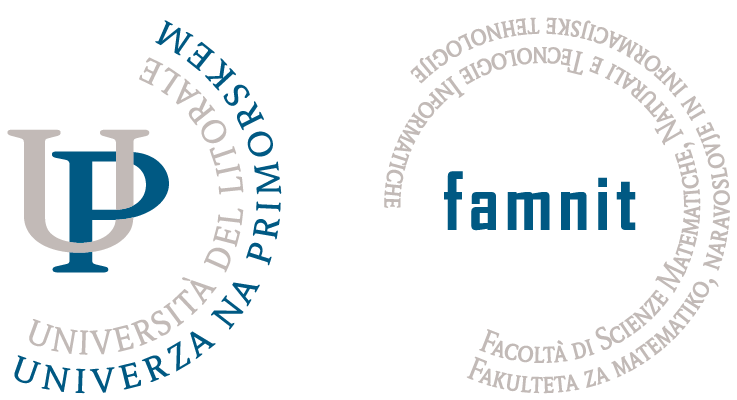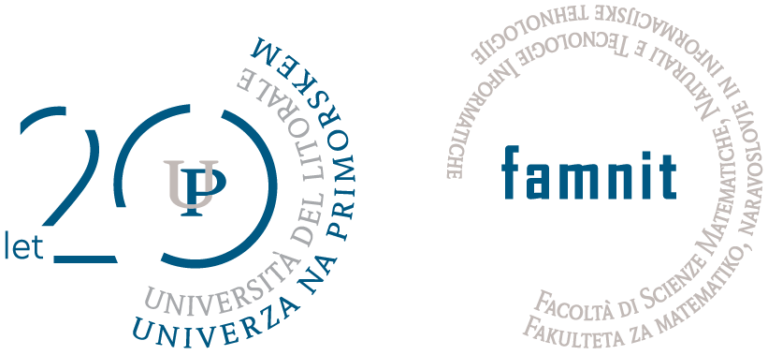Title: Modelling viral evolution in a heterogeneous within-host environment: insights into the HIV co-receptor switch
Abstract: From the point of view of a pathogen, a host is a structured and a heterogeneous environment. In the case of HIV, for example, the existence of spatial structure is supported by the fact that the virus is found in different tissues while environmental heterogeneity originates from the ability of the pathogen to exploit different types of immune cells. To understand how heterogeneity of the within-host environment affects viral evolution we formulate a mathematical model and investigate the conditions under which viral diversification occurs within a host. Applying the model to the case of HIV, we show that the model captures three main properties of the so called co-receptor switch that is observed in many HIV infections: the initial dominance of virus strains that infect CCR5+ cells, the late switch in some (but not all) HIV infections and the associated drop in the number of uninfected T-cells. This suggests that the co-receptor switch may be a result of gradual adaptation of the virus population to target cell heterogeneity. More generally, we argue that mathematical modelling and evolutionary ecology can help us better understand the course of some infections. The talk is based on joint work with Samuel Alizon.






